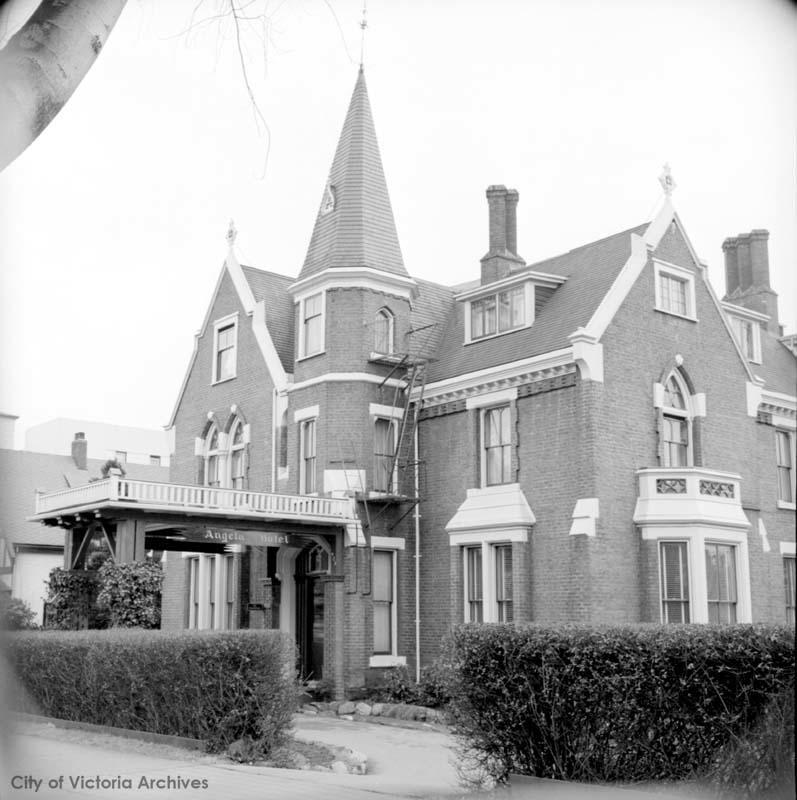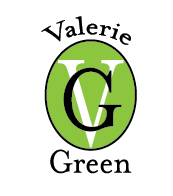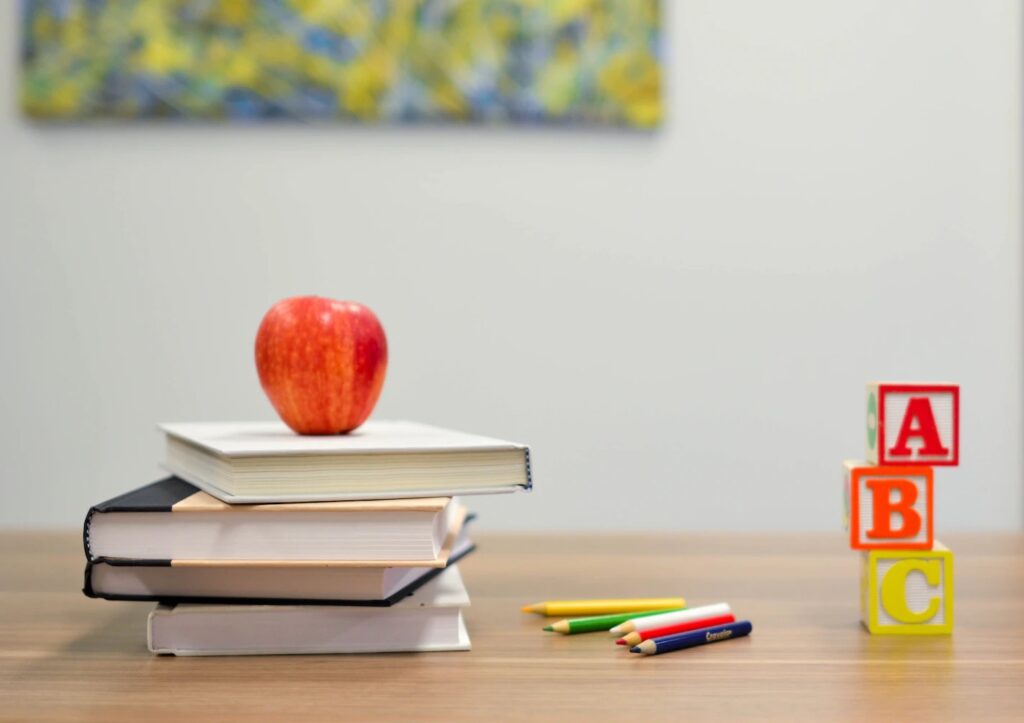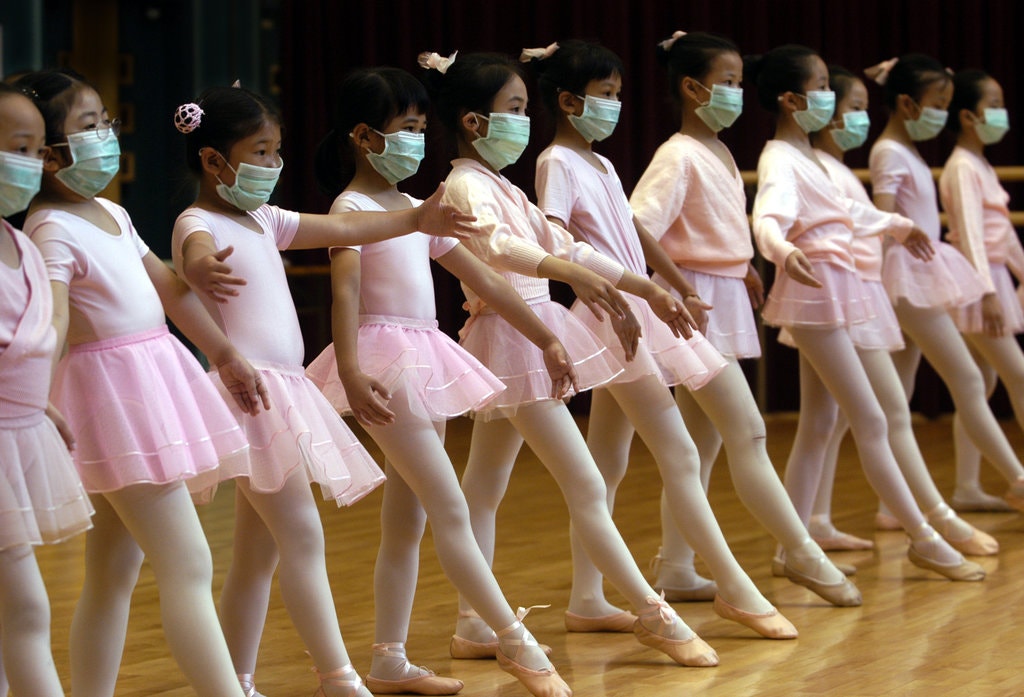This month, schools, colleges and universities around the world are now back in session.
This made me think about education in general as I delve into research for my current “work in progress.” How did education first start in Canada?
By the 1600’s, a system called petites ecoles had been established by French settlers early in the century. This system offered basic education mainly for boys and contained a strict Catholic regime. Girls could be sent to a school for young ladies which was expensive, and if parents could not afford it, the girls stayed home.
Two school buildings in British Columbia still remain from the Colonial days—Craigflower School started by the Hudson’s Bay Company in 1851 and St. Ann’s Schoolhouse in 1858 named for the Quebec Order of Nuns whose members came to British Columbia to teach at the invitation of Bishop Demers. Both are in Victoria, British Columbia’s capital city.
The first registered pupils included boys and girls from both poor and rich families, which was an indication that parents wanted their daughters to be educated as well as their sons, even though it was not deemed totally necessary!
Once Angela College opened its doors in the 1860s for the daughters of some of the wealthier families, young girls were given a more rounded education with the College’s prime objective being “to give the young girls of Victoria a sound religious, moral and secular education, and to place within the reach of the greatest possible number, in this our distant home, the means of forming the habits and character of an English lady as we mold them into refined and gracious young women.” That mandate sounds rather like the same idea Miss Jean Brodie had in that memorable film The Prime of Miss Jean Brodie. After such an auspicious start in life back in the 1860s and 1870s, many girls went on to finishing schools in Europe and were even presented at the court of Queen Victoria, the ultimate goal in order to find a rich husband!

Angela College
City of Victoria Archives
By the mid-1860s, there was much support for free “common schools” which were established with the Common School Act on Vancouver Island. The argument for this was strongly supported by the editors of the two leading newspapers on Vancouver Island and in New Westminster, who advocated for free public non-sectarian education based on equality. Amor de Cosmos, the editor of the Colonist in Victoria wrote in 1865: “We are not disposed to cavil at the imperfections of the bill so long as the two great principles – free schools and a non-sectarian system of education – are enunciated.”
But many schools had closed by 1869 so the Common School Ordinance that year centralized control in the hands of the Governor-in-Council, with stated support for education and $500 to be paid per year per teacher. The Government had the power “to create school districts, apportion grants, to appoint, certificate, inspect and dismiss teachers, and to make rules and regulations for the management of schools. A provision of the British North America Act, Canada’s document of confederation, was that education was to be the responsibility of the provincial governments. British Columbia was the only province to enter Confederation with a non-sectarian school system, which lasted until 1976.”
Education in British Columbia today comprises both public and private primary and secondary schools throughout the province and, like most other provinces in Canada, education is compulsory from ages 6-16 (Grades 1-10). French Immersion schools are also very popular with young families today. Today the vast majority of students remain in school until they graduate high school in Grade 12. In the year 2020, 86% of students in British Columbia graduated from high school. Most children also attend kindergarten at the age of five, and even younger children attend pre-school before entering kindergarten.
A small number of students in British Columbia are also home-schooled—approximately 0.4% in 2019-2020 and many students educated at home are enrolled with or attend online schools.
From chalkboard to laptop, and even throughout the Covid-19 epidemic with on-line learning, education in this province, and indeed around the world, has certainly come a long way!





